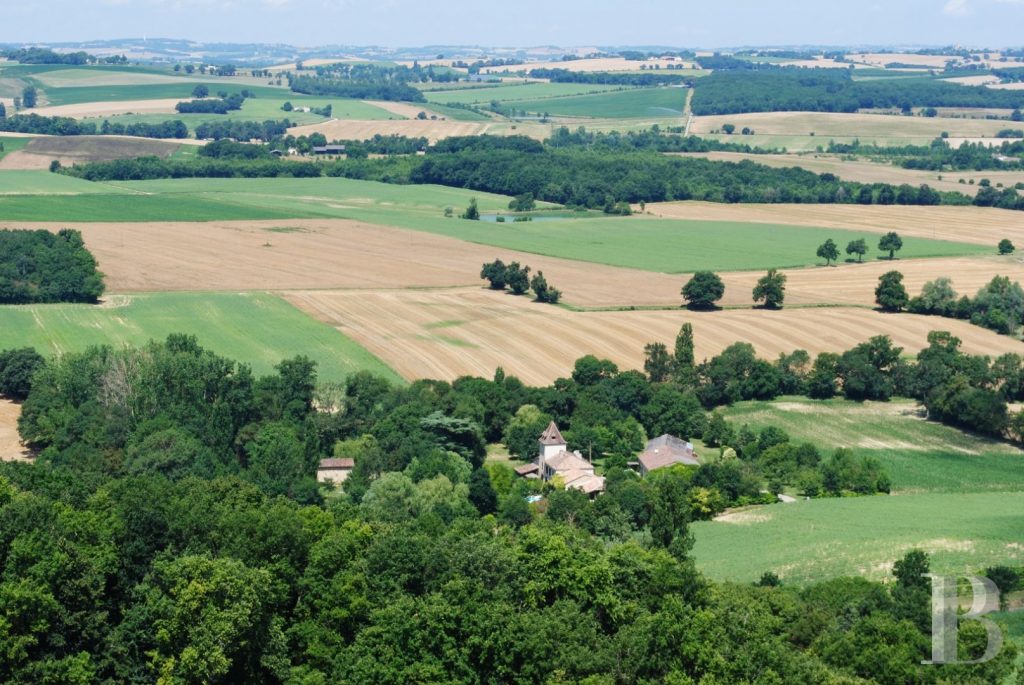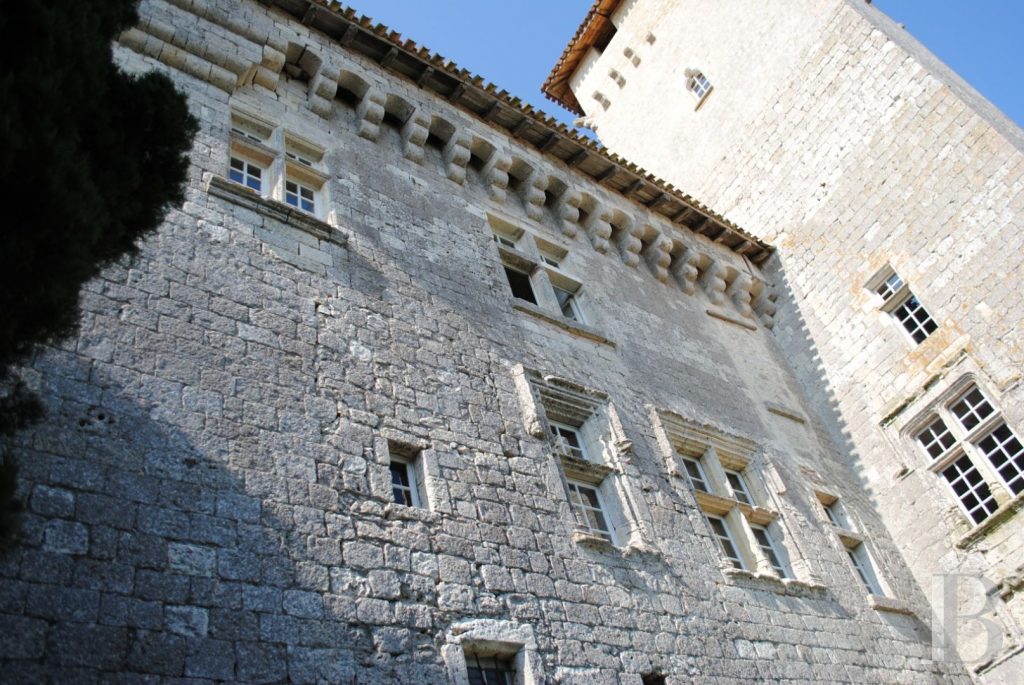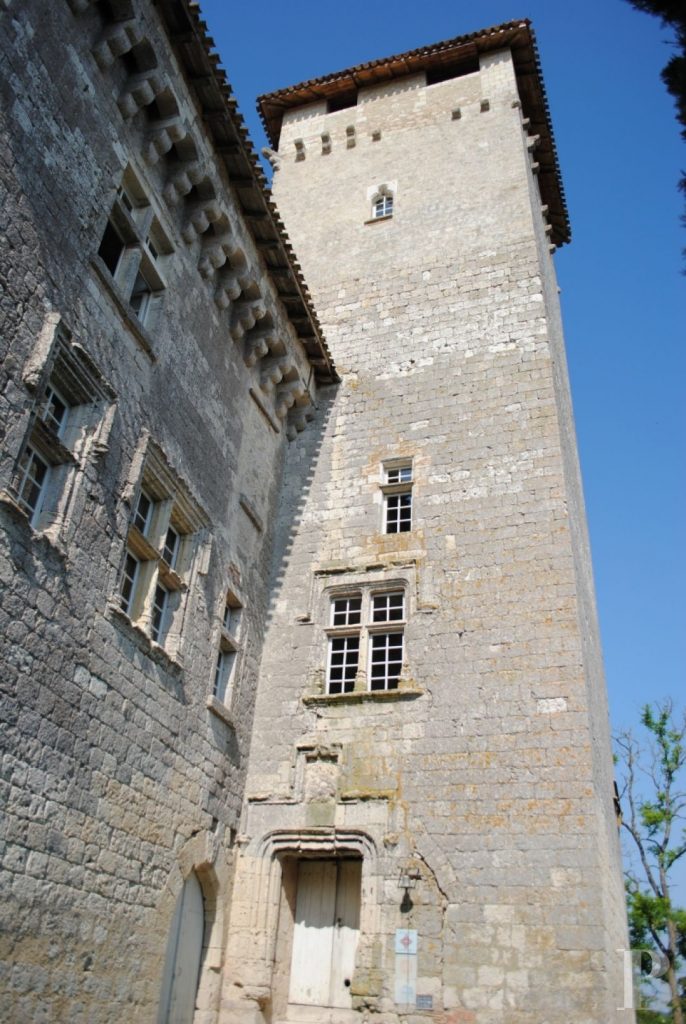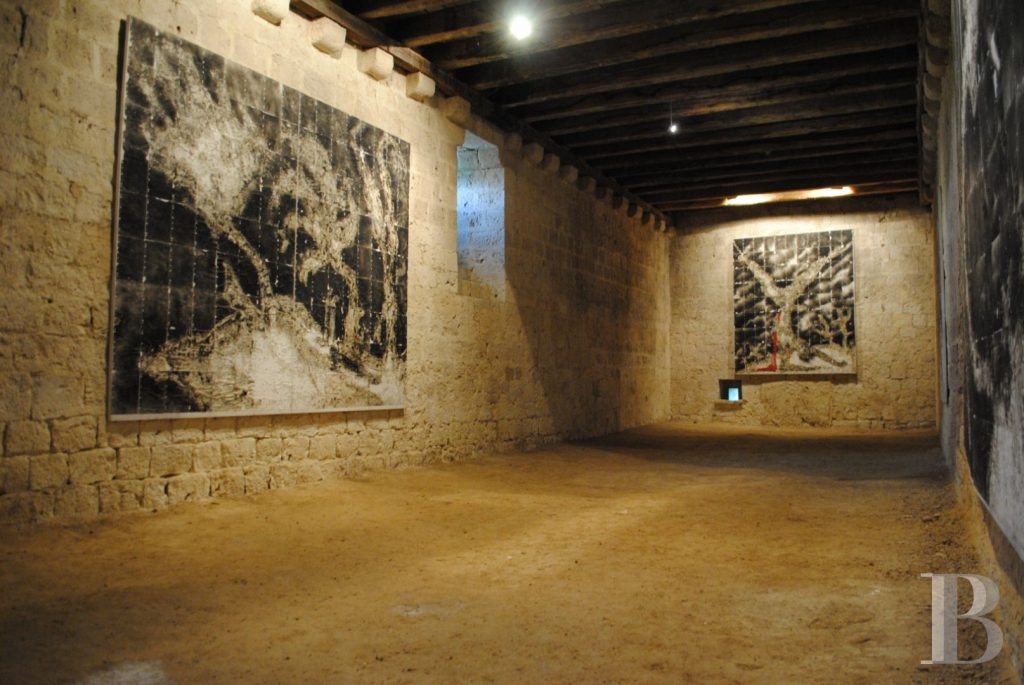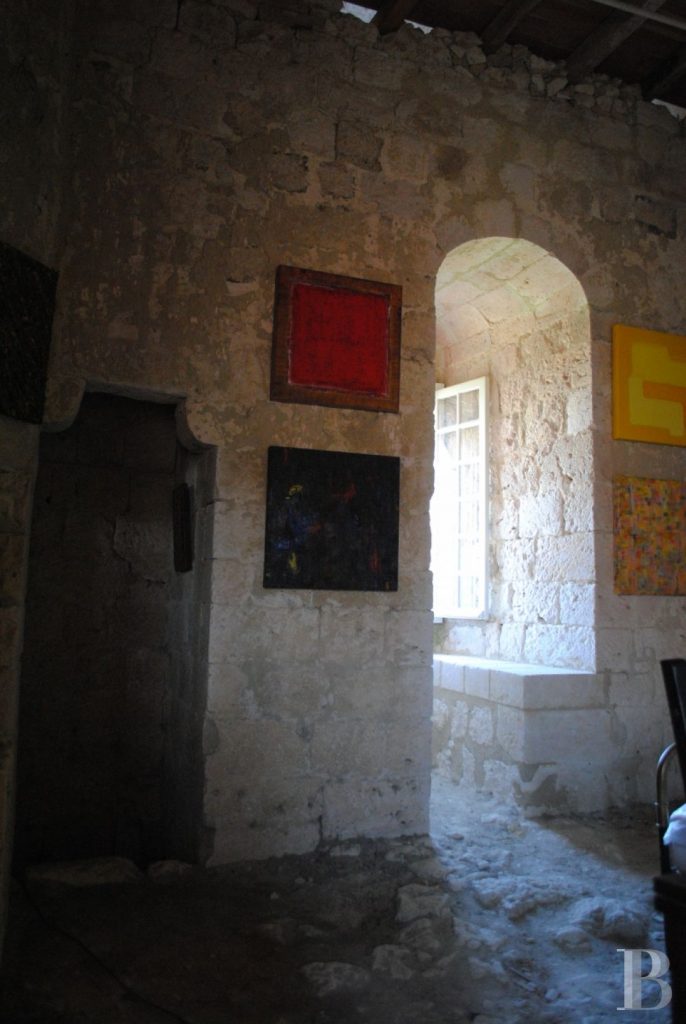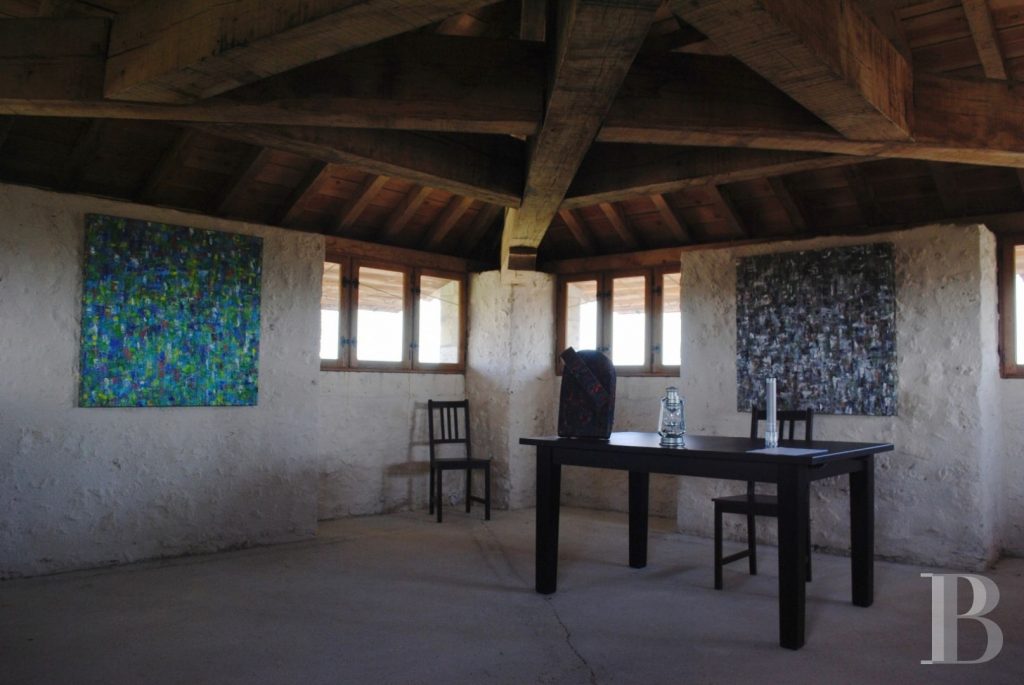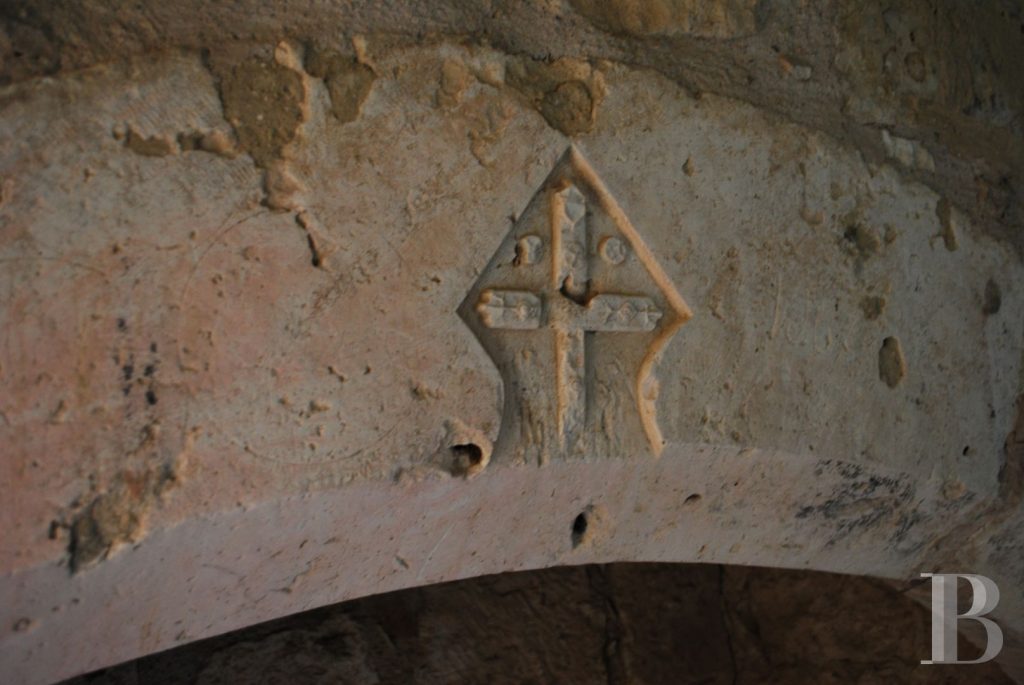€899k Gascony, France. 14th Century Castle for Sale
14th Century Castle near Lectoure, Gascony for sale
A little more than an hour from Toulouse, ten minutes from Lectoure (all services and shops, market), a small village built at the foot of an ancient castrum has always exhibited, in its highest part , a castle whose original function was defensive.
At the beginning of the castle, the eye is immediately attracted as much by a building of superb quality, with the white stone point too smooth, as by a row of cypresses bordering, along an alley, a small garden to the French, boxwood still alive and waiting only to see past centuries scroll. Let's not wait here to find the finishes sometimes bordering the ostentation of the buildings of Touraine or Anjou but, much more simply, a quality particular to Gascony, that which is based on intelligence in the use of techniques proven and put to the service of a clearly defined function. Sobriety, efficiency, solidity do not exclude a real aesthetic concern, which is revealed over time, by a deep, intimate knowledge.
The massive appearance of the building, with openings seeming small, and yet cleverly located, proportionate to the seasonal effects of solar radiation, would easily augur austere place: it is not so.
A garden of village proportions, planted with boxwood and cypress trees, harmoniously embellishes the site and gives the castle a perspective both noble and intimate.
Dating from the first half of the 14th century, it represents one of the last witnesses of the “Gascon castle” type in this region so attached to the art of “trovar”, a sublime expression of poetic art in the langue d'oc, propagated in the world by the famous troubadours. The Gascon castle was originally a simple tower, called “sala”, with three or four levels, residential and also defensive. The first level, usually used for storing foodstuffs and serving as a cellar, had a dirt floor, as is still the case here. The rock on which it was built ensured mechanical stability and avoided rising damp. The building had to be healthy first and foremost.
The facades corresponding to the length are oriented southwest and northeast, which is fairly traditional, the most important openings are mostly in the northeast and southeast. The plan of the building responds here to two axes of symmetry, just like the castle of Avézan. One is based on the longitudinal median axis materialized by a wall of shear; the other, on a diagonal axis, by the presence of a tower at each end, one of the two towers having functioned dungeon. The roof is always four-sided, in tile channel. The device is limestone, sometimes mixed with sandstone elements, especially in the carved parts.
Over time, improvements have been made, such as the opening of bays, both more numerous and larger, a simple loophole sometimes becoming an elegant mullioned window. Then some of these overtures were sometimes condemned – this is the case – and it is often difficult to trace with certainty the initial part and the chronology of the transformations. The entrance to the tower, which is also one of the accesses to the castle, was somewhat different at the origin, as well by its form (ogival) as by its function: door of enclosure, entrance of the village. Although it is now part of the castle, its three levels do not match those of the floors of the living area. (Has been fitted a floor heating system powered by an oil fired boiler.)
Unlike many buildings today, a castle of this type, with the multiple stages that brought it to its present appearance, is a subject of constant questioning. The slightest development, even of reason, will have its share of uncertainty: a place for strong souls where nothing is ever definitive.
This castle is represented for sale by Patrice Besse


